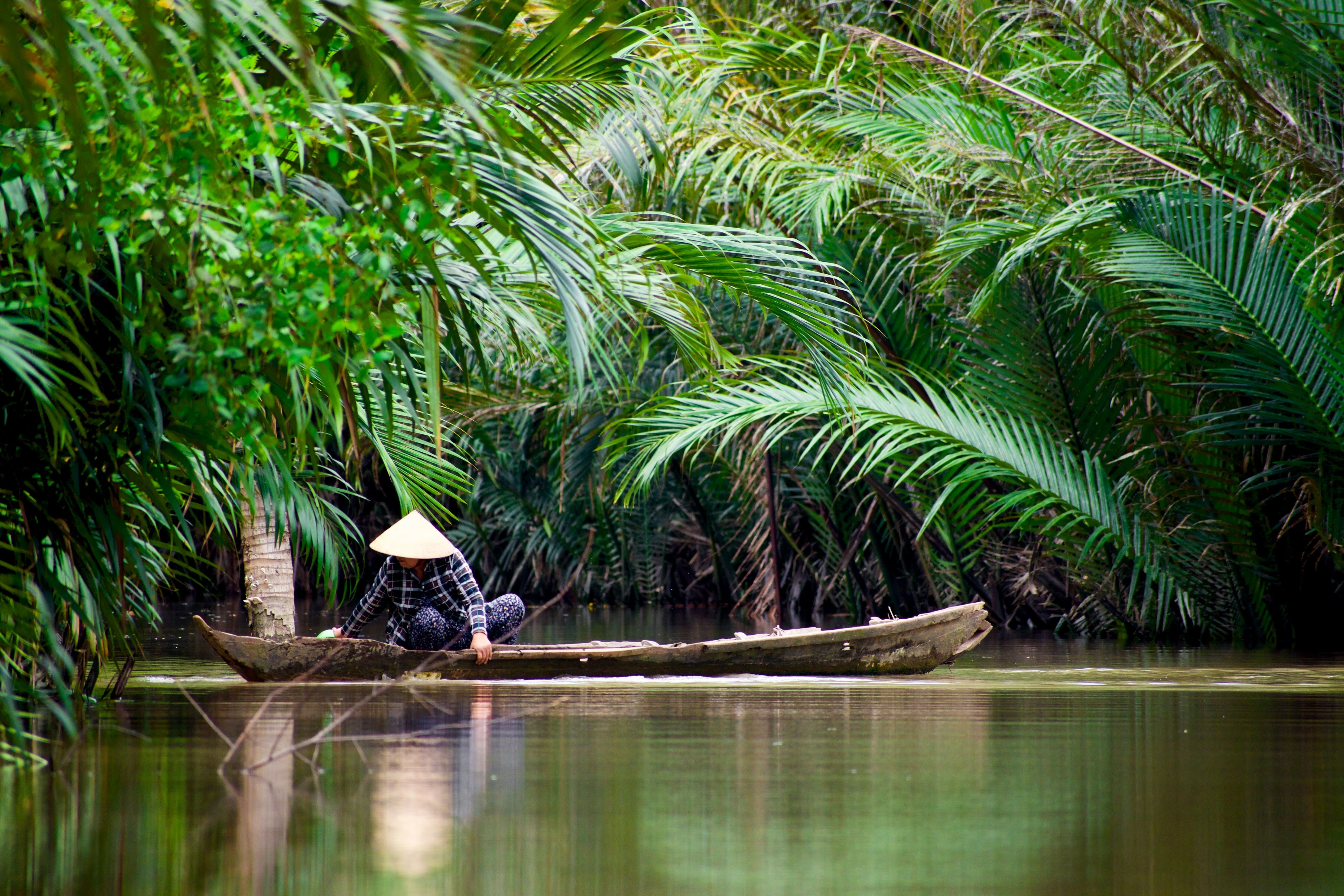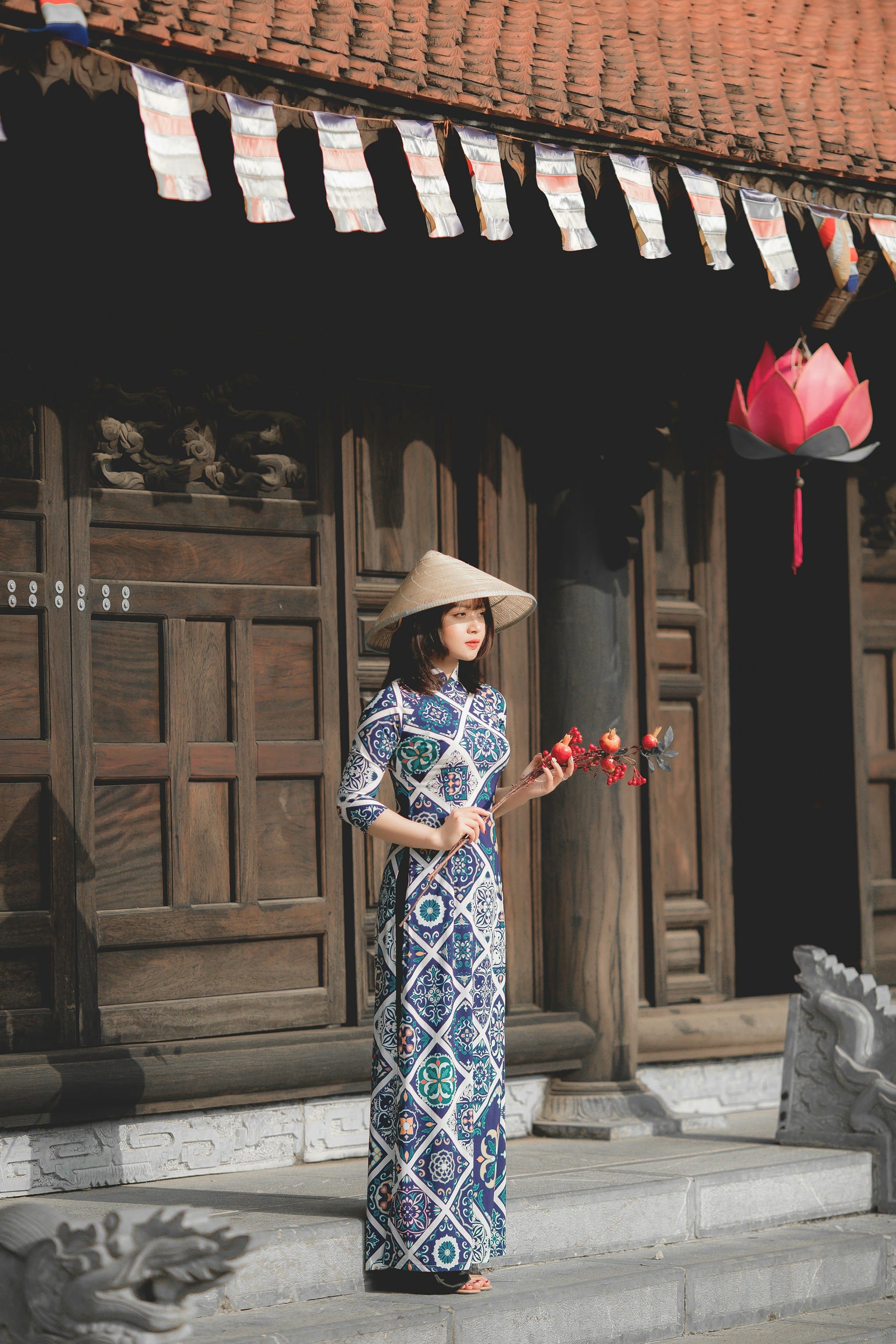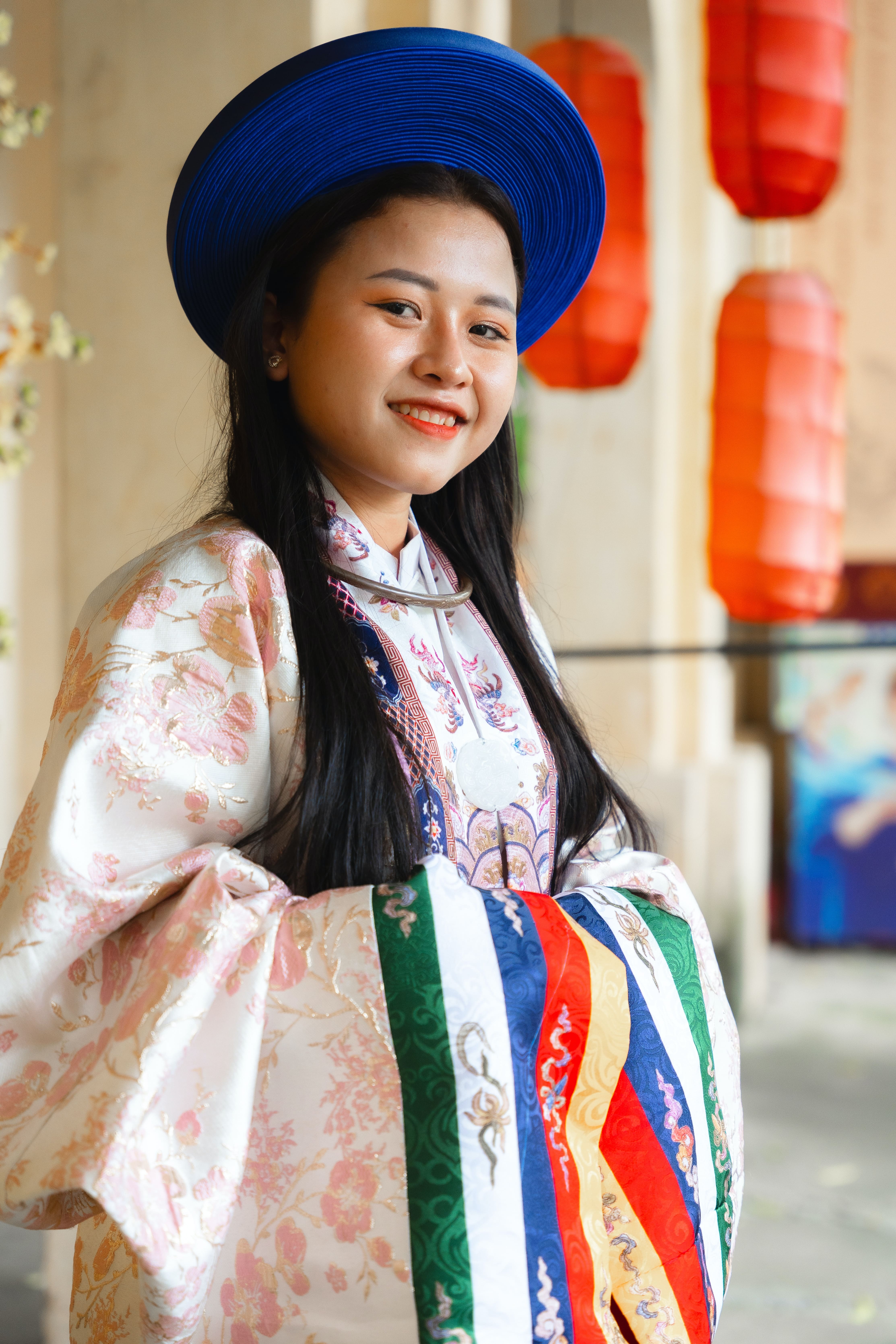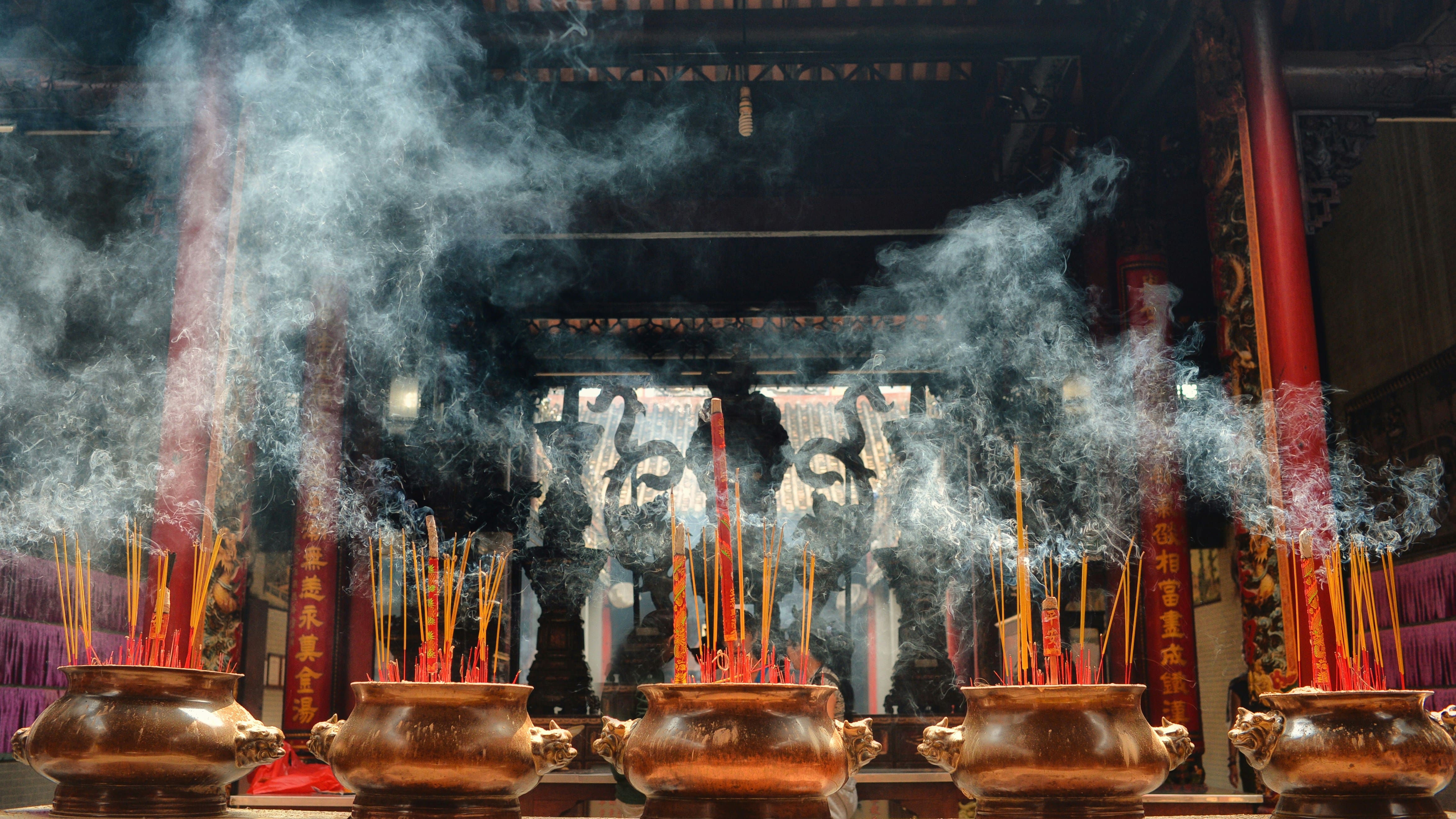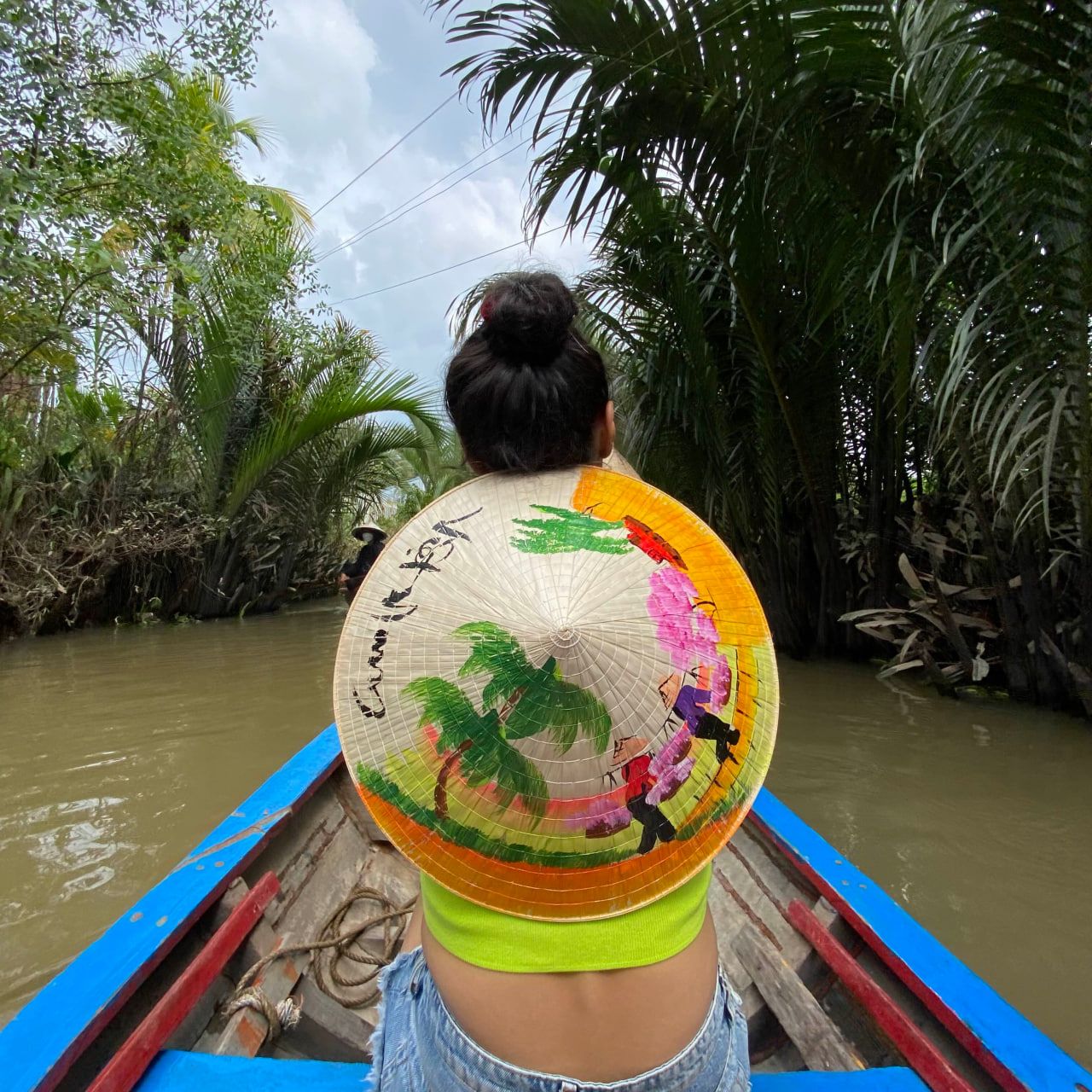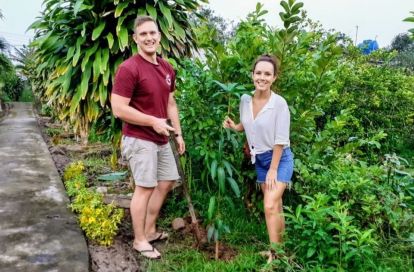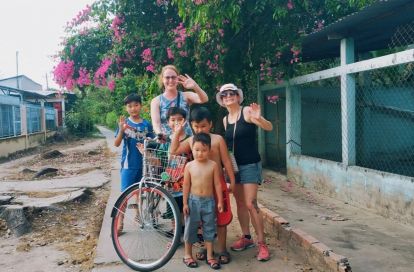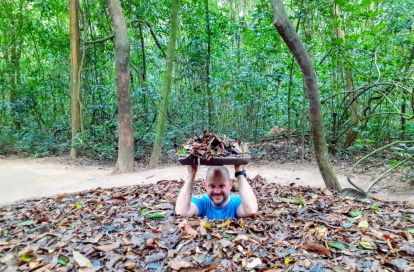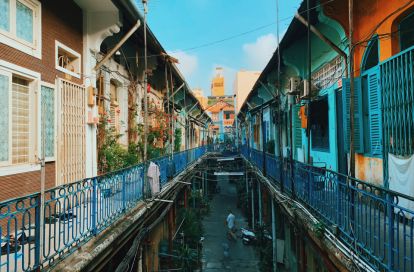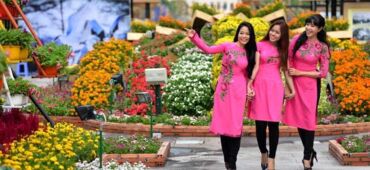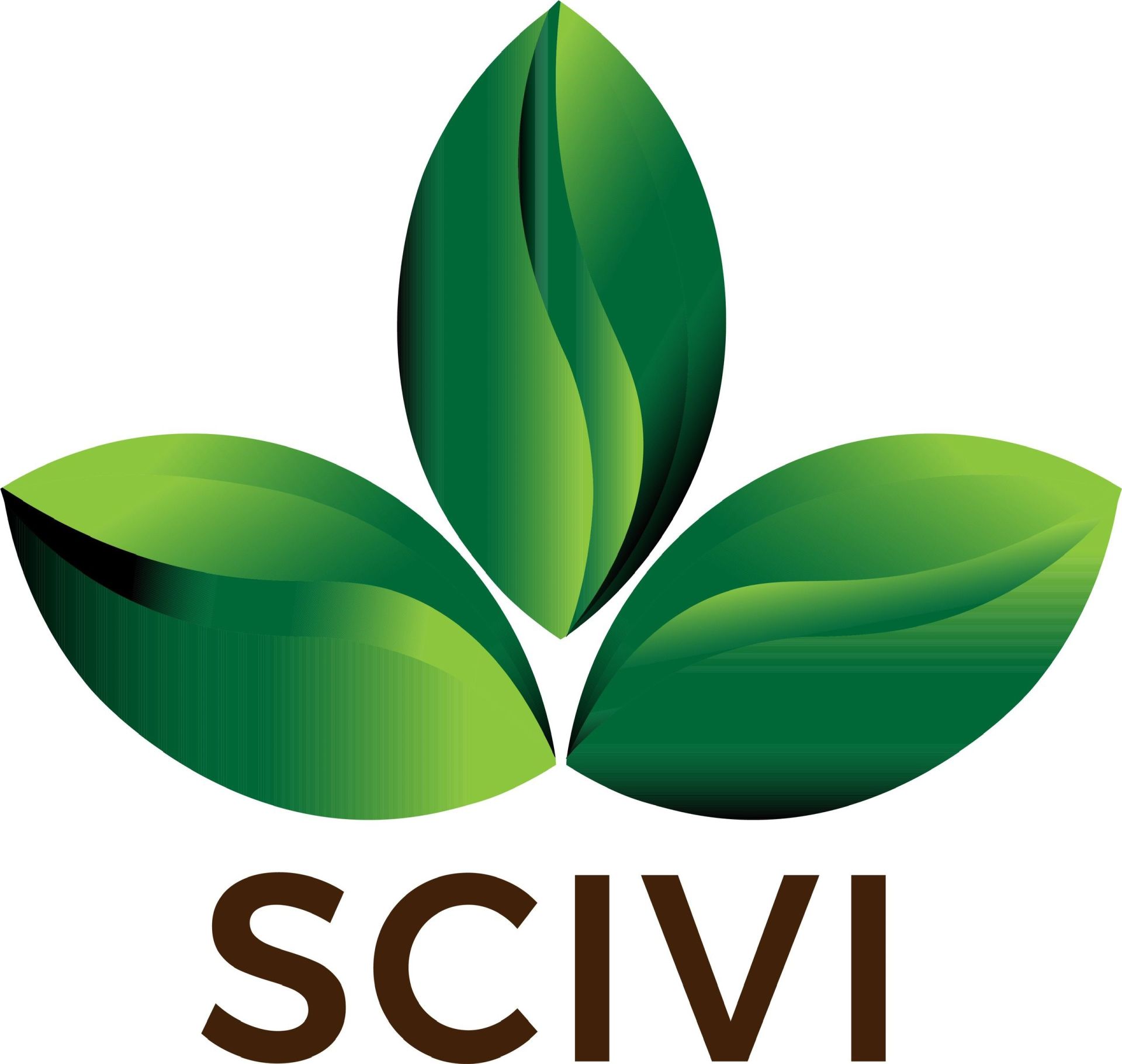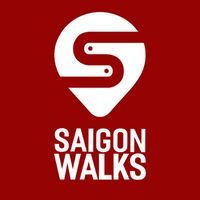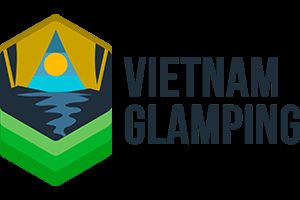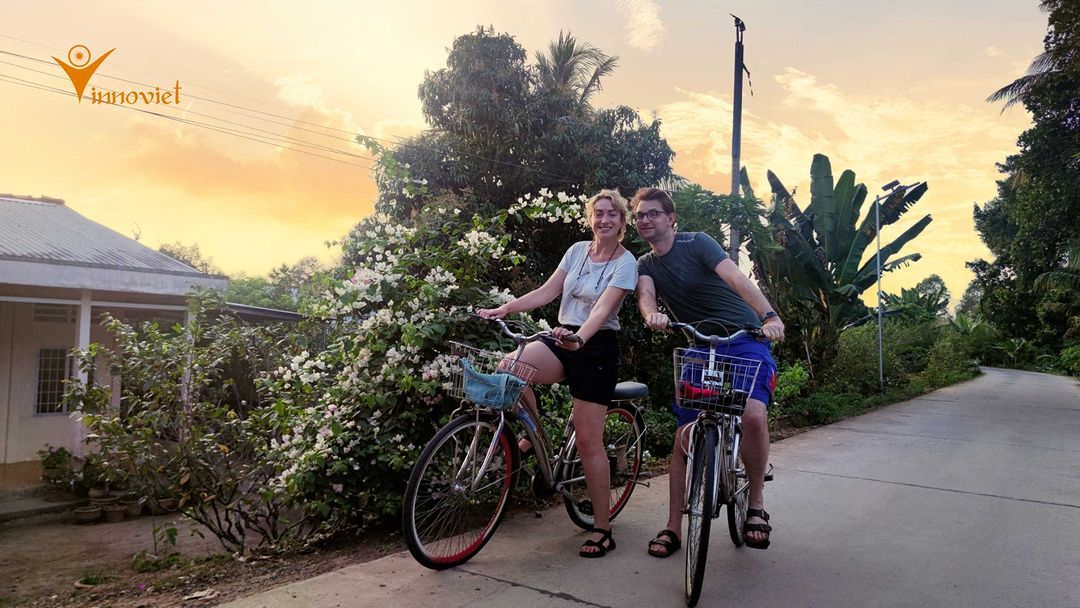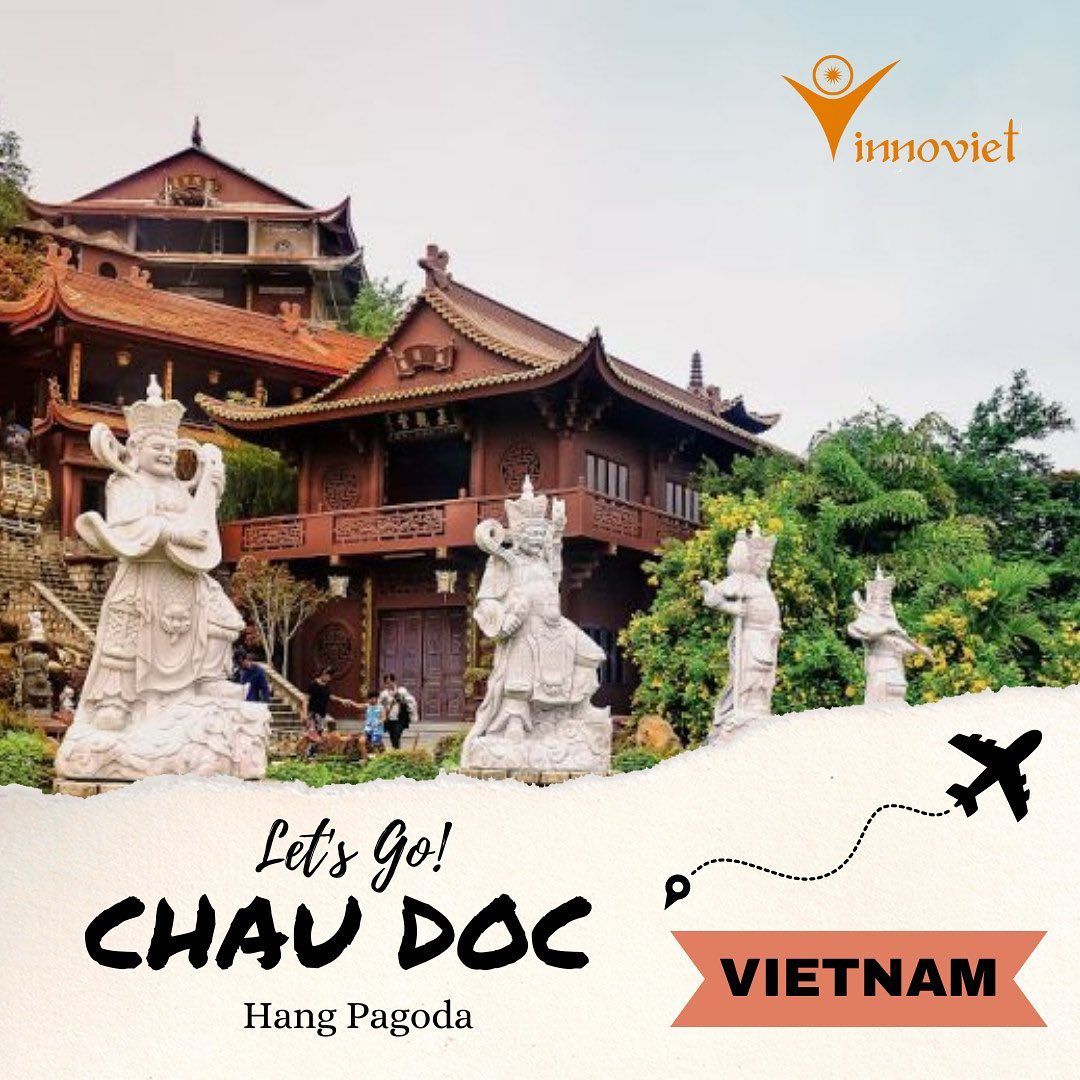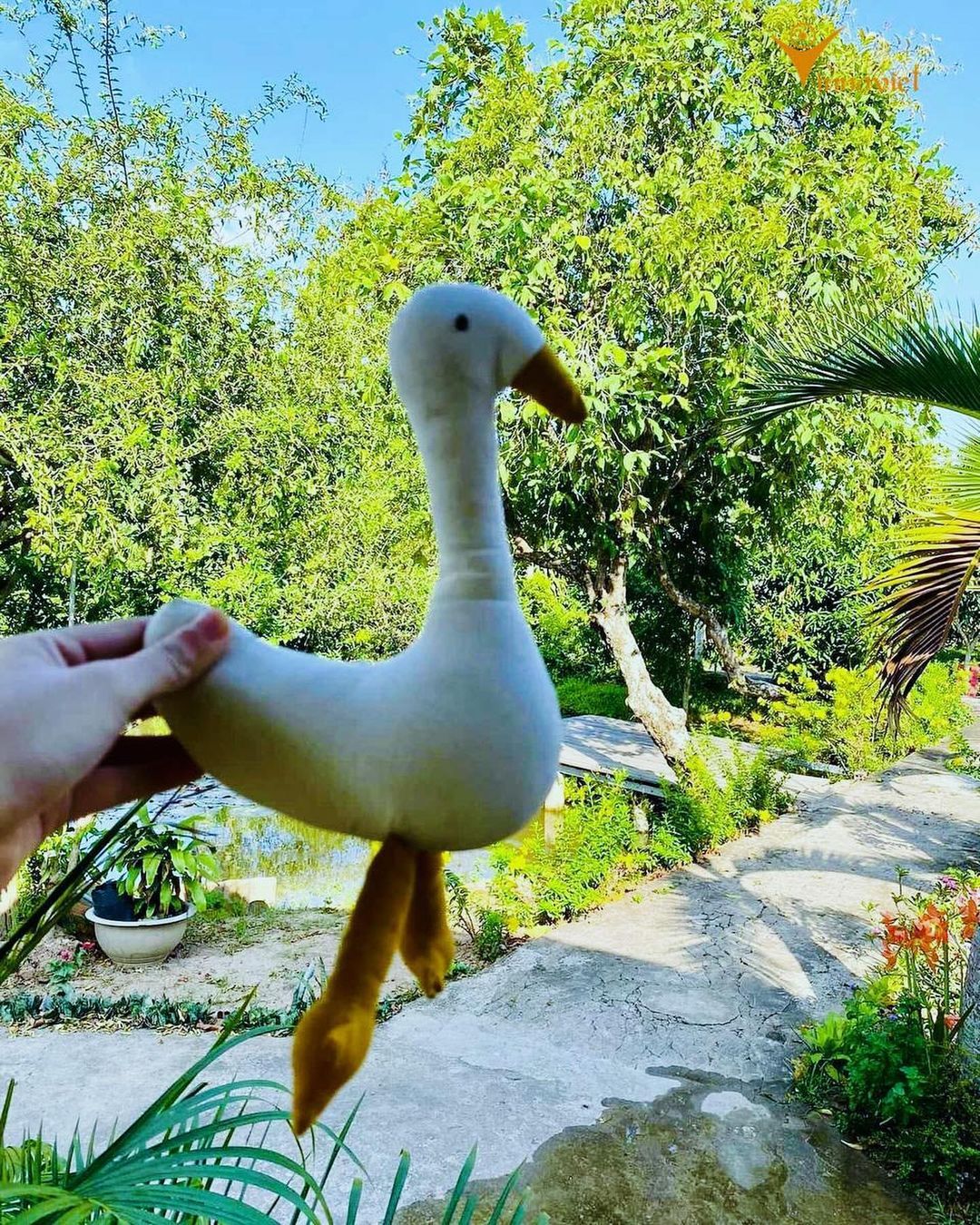In the heart of Vietnam, where the meeting point of rice fields and bustling urban landscapes creates a unique tapestry, Vietnamese culture reveals a dynamic narrative that spans generations. It constitutes a collage of traditions and customs that underscore the significance of Vietnamese cultural identity.
This piece delves into several pivotal traditions and customs within Vietnamese culture. From the graceful Ao Dai donned during special occasions to the rhythmic performances of water puppetry, each tradition contributes to a vibrant tableau illustrating a nation that values family bonds and pays homage to its ancestors, among other cherished practices. Step into the realm of Vietnamese Culture, where each tradition echoes tales of resilience and heritage. Delve deeper into these cultural insights below.
Here is Vietnamese Culture: 10 Key Traditions and Customs.
1. Observing Confucian values is a key tradition in Vietnamese culture
Photo by Guille Álvarez on Unsplash
Vietnamese culture, deeply rooted in Confucianism, embodies values like social order, reverence for elders, and harmonious relationships. This philosophy underscores various aspects of Vietnamese life, from family dynamics to social conduct. Filial piety, a core Confucian principle, is a focal point in Vietnamese culture, promoting respect for parents and emphasizing care for them in old age. This reverence for family extends to wider social connections, fostering a sense of community and shared responsibility. Confucian values have significantly influenced Vietnamese education, traditionally prioritizing moral development and character building. These enduring values serve as a moral compass, guiding interactions and decisions within Vietnamese society.
2. Celebrating the Lunar New Year is a key Vietnamese tradition
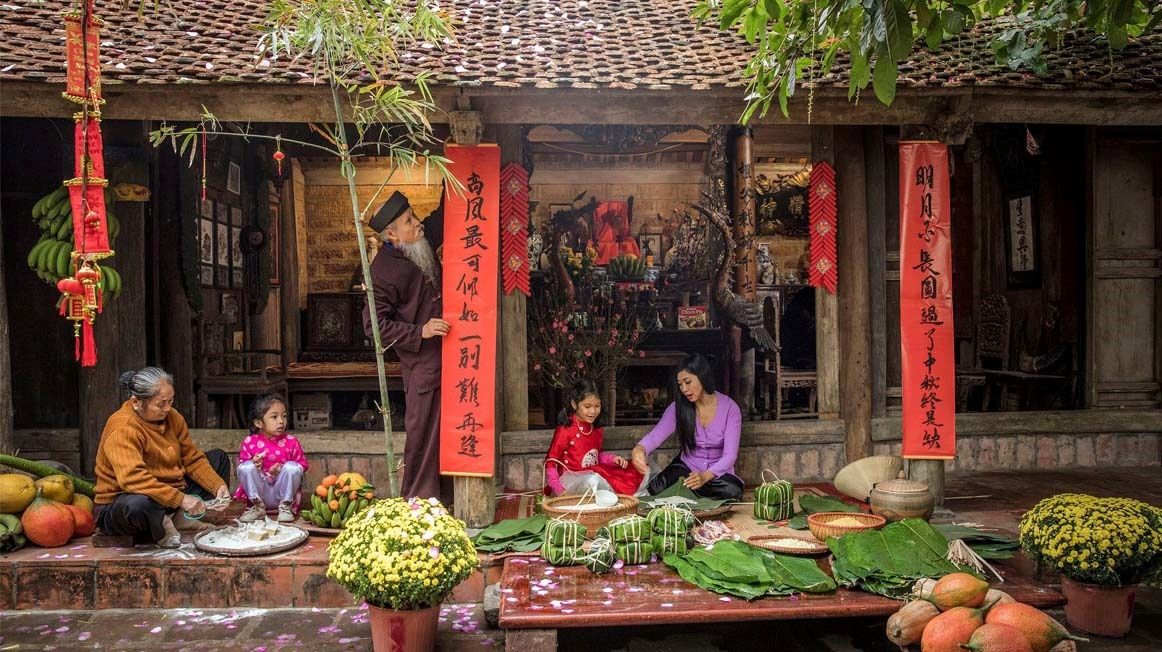
Tết Nguyên Đán, the Vietnamese Lunar New Year, is the most important and widely celebrated holiday in the country. It marks the beginning of a new year according to the lunisolar calendar, bringing with it an air of excitement, renewal, and family togetherness.
Moreover, during this time, homes are thoroughly cleaned, adorned with colorful decorations, and filled with the enticing aroma of traditional dishes like bánh chưng (glutinous rice cake) and xôi thịt (sticky rice with meat).
Subsequently, families gather to exchange gifts, share festive meals, and pay respects to their ancestors. The streets come alive with vibrant parades, lion dances, and fireworks displays, creating an atmosphere of joy and celebration that runs across the entire nation.
3. The conical hat is an emblem of Vietnamese cultural identity
Photo by Norbert Braun on Unsplash
The nón lá, or conical hat, is an iconic symbol of Vietnamese culture, instantly recognizable for its authentic craftsmanship. Made from palm leaves or bamboo, the nón lá serves as both a practical accessory and a fashion statement.
Furthermore, this hat provides shade from the scorching sun and shields against rain, while its detailed woven patterns and decorative embellishments add a touch of elegance to any attire. Whether worn by farmers working in the fields or women strolling through the streets, the nón lá remains an enduring emblem of Vietnamese identity and heritage.
4. Sticky rice is a culinary staple with endless variations
Xôi, or sticky rice, is a staple in Vietnamese cuisine, transcending mere sustenance to become a symbol of cultural relevance. Prepared from glutinous rice steamed in bamboo baskets, xôi comes in a myriad of varieties, each boasting its unique flavor and texture. Xôi xéo, a popular breakfast dish, features a blend of yellow turmeric-dyed rice, mung beans, and fried shallots.
To boot, xôi thịt, a hearty meal option, pairs sticky rice with savory meat and vegetables. For a sweeter treat, xôi dừa is infused with the rich aroma of coconut milk, to offer a delightful indulgence. Xôi’s versatility extends beyond its ingredients, as it can be enjoyed in various settings, from casual street food stalls to elegant restaurants.
5. The Vietnamese traditional garments showcase grace and elegance
The Ao Dai, Vietnam’s national attire, is a testament to the country’s rich heritage. This long, flowing gown, worn with a matching pair of pants, embodies grace, elegance, and femininity. Its design, featuring a form-fitting top and loose-fitting pants, elaborates the wearer’s shape while offering a sense of modesty and sophistication.
Better still, the Ao Dai comes in a vast array of colors, fabrics, and patterns, allowing for personal expression and reflecting the diverse cultural influences that have shaped Vietnamese fashion. Whether adorned with vibrant floral motifs or crafted from luxurious silk, the áo dài remains a symbol of Vietnamese pride and cultural identity.
Moreover, during Tet holiday, the Ao Dai, Vietnam's national attire, assumes a special role, symbolizing cultural renewal, respect for heritage, and the anticipation of good fortune in the upcoming year. Beyond being a garment, Tet-themed Ao Dai with vibrant colors and intricate designs becomes a visual representation of cultural pride, unity, and the enduring beauty of Vietnamese heritage. Adorning oneself in this graceful gown during Tet is a celebration of the richness of the past and an optimistic embrace of a future filled with prosperity and cultural vibrancy.
6. The Mid-Autumn Festival celebrates family and festivities
Tết Trung Thu, also known as the Mid-Autumn Festival, occurs on the 15th day of the eighth lunar month, emphasizing family reunions, moonlit festivities, and the joy of giving and receiving. Children eagerly await this annual event, parading through streets with colorful lanterns to celebrate the appearance of the full moon. Adults join in sharing stories, savoring mooncakes, and participating in traditional games. The festival's lively atmosphere, resonating with laughter, music, and the rhythmic beats of dragon dances, leaves enduring and cherished memories.
7. Ancestor worship in Vietnamese culture is held in high regard
Photo by Frank Mckenna on Unsplash
Ancestor worship is a rooted custom in Vietnamese culture, reflecting the respect and reverence for one’s lineage. Families purpose to maintain ancestral altars, adorned with offerings of prayers, incense, and fresh fruits, as a gesture of gratitude and a way to stay connected to their departed ancestors.
Moreover, this practice reinforces the importance of filial piety, family unity, and the preservation of cultural heritage, making it a cornerstone of Vietnamese identity.
8. Water Puppetry remains a unique tradition to behold
Steven C. Price, CC BY-SA 4.0, via Wikimedia Commons
This unique Vietnamese art of water puppetry (Mua Roi Nuoc) spotlights the country’s resourcefulness and creativity. Puppeteers maneuver wooden puppets above pools of water, reenacting scenes from Vietnamese folk tales and history. Traditionally performed by rice farmers who used this available water source for entertainment, the origin of this regional northern art shows how Vietnamese culture used creativity to transform daily agricultural life into a one-of-a-kind spectacle.
9. Folklore and myths are central to Vietnamese culture
Photo by Quang Nguyen Vinh on Unsplash
Vietnamese culture is rich with folklore and myths, serving as a treasure trove of stories, beliefs, and values passed through generations. These tales, often featuring supernatural elements and moral lessons, provide a captivating glimpse into the Vietnamese worldview and the origins of their traditions.
Key myths like The Tale of the White Banian Tree and The Legend of the Hồ Guom (Sword Lake) have become integral to Vietnamese traditions, shaping the community's understanding of the world. Cherished for both entertainment and cultural insights, these myths offer a window into the beliefs and values that have shaped Vietnamese society over centuries.
10. Traditional medicine and wellness practices are crucial in Vietnamese culture
Rooted in balance and harmony, Traditional Vietnamese medicine, influenced by Chinese practices, encompasses acupuncture, herbal remedies, and therapeutic massage—all aimed at restoring bodily balance. Passed down through generations, these practices signify Vietnam's commitment to preventive care and natural healing.
These traditions intricately weave into daily life, from morning greetings to sunset tea sips. Communal dining, ancestral worship, and water puppetry exemplify the enduring resilience of Vietnamese heritage, embracing the future while preserving time-honored practices.

From there, these the deep-rooted values of Confucianism to the vibrant celebrations of traditional festivals like Tet Nguyen Dan and Tet Trung Thu, each facet paints a vivid picture of this remarkable country.
We cordially invite our international friends to explore Vietnam, with a special focus on Ho Chi Minh City and the Mekong Delta starting from Ho Chi Minh City. It's an opportunity to discover the refined cultural beauty via these tour:
1-day Mekong tour from Can Tho | The Myst Mekong
Cu Chi Tunnels & Mekong Rural Life
Mekong Delta 1 Day Tour - Ben Tre boat and bike experience
Mekong delta homestay 2 days tour with cycling trip in non touristy villages
Mekong delta tour 3 days with homestay - cycling - Cai Rang floating market
Come and immerse yourself in the captivating charm of Vietnam, where tradition and modernity coalesce, creating an unforgettable experience. Your journey awaits, filled with the warmth of Vietnamese hospitality and the richness of its cultural tapestry.
Your extraordinary experience begins here!

JOIN OUR FACEBOOK GROUP HERE to learn our tips as well as discuss them before going to these locations.
Be sure not to miss out on our special offer when you join us for this experience.

